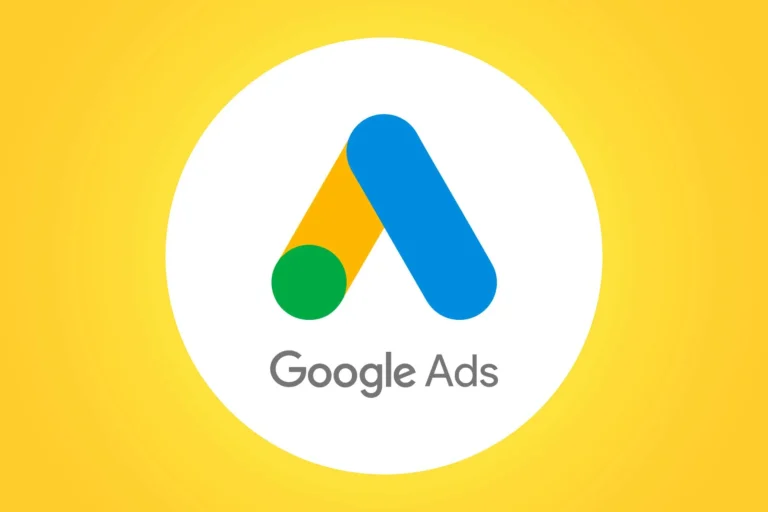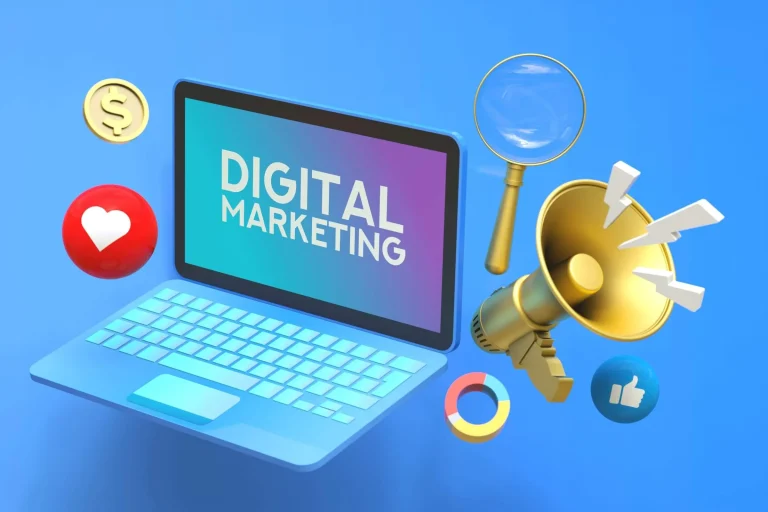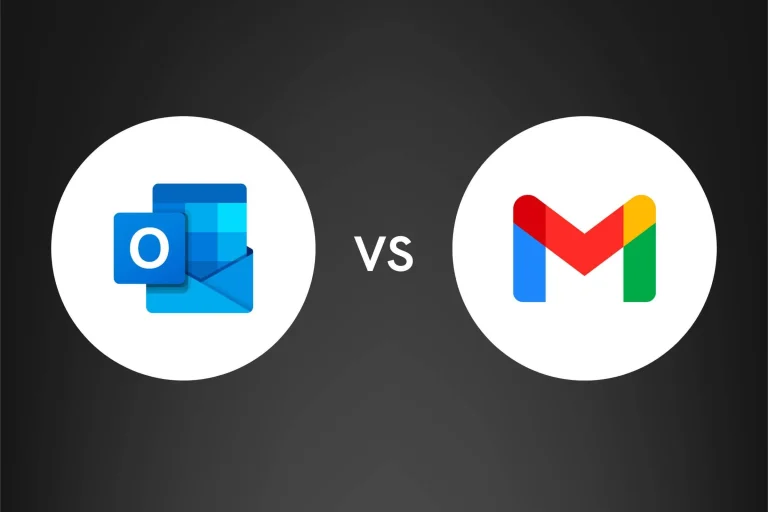Are you looking for the perfect digital marketing plan to help scale your business? This blog article will provide you with a step-by-step guide on crafting the perfect digital marketing plan tailored to your business’s needs. Learn how to develop a strategy and tactical plan that is specific to your goals and objectives, as well as understand the key elements of an effective digital marketing plan.
Introduction to Digital Marketing
Digital marketing is the process of using technology to promote your business online. It includes various activities, from creating and managing your website to developing targeted online advertising campaigns.
When it comes to digital marketing, there are a lot of moving parts. But, at its core, digital marketing is about driving traffic to your website and converting that traffic into customers or clients.
To do this effectively, you need to have a plan. And that’s where this guide comes in. So in it, we’ll walk you through the steps you need to take to create a winning digital marketing plan for your business.
Identifying Your Target Audience
Identifying your target audience is the first step in crafting the perfect digital marketing plan for your business. This can be done by conducting market research and using various marketing tools to determine your target customers. Once you have a good understanding of your target audience, you can then begin developing marketing strategies that are tailored to them.
Some things to consider when trying to identify your target audience include the following:
- What are their needs and wants?
- What are their demographics? (age, gender, location, etc.)
- What is their buying behaviour like?
- What interests do they have?
- How do they prefer to receive information? (social media, email, etc.)
Answering these questions will give you a better idea of your target audience and what needs to be done to reach them effectively.
Setting Your Digital Marketing Objectives
The first step in crafting the perfect digital marketing plan is to set your objectives. What are you trying to achieve with your digital marketing efforts? Are you looking to increase brand awareness, drive traffic to your website, or generate leads? Once you know your objectives, you can begin to create a plan to help you achieve them.
Start by setting realistic and achievable goals. If you’re not sure where to start, try using the SMART goal-setting method:
- S – Specific: Set specific goals that you can measure.
- M – Measurable: Make sure your goals can be measured so you can track your progress.
- A – Achievable: Set goals that are challenging but achievable.
- R – Relevant: Ensure your goals are relevant to your business and align with your overall objectives.
- T – Timely: Set deadlines for yourself, so you stay on track and don’t get sidetracked.
Understanding the Different Channels of Digital Marketing
Digital marketing is the process of promoting a product or service online. There are many different digital marketing channels, each with its advantages and disadvantages.
The most common digital marketing channels are paid search, organic search, social media, email, and display advertising.
Paid search is a form of digital marketing that allows businesses to advertise their products or services at the top of search engine results pages (SERPs). Paid search is an effective way to reach potential customers who are actively searching for your product or service.
Organic search is a form of digital marketing that relies on unpaid listings in SERPs. Organic search is a less expensive way to reach potential customers than paid search, but it can take longer to generate results.
Social media is a form of digital marketing that allows businesses to connect with potential and current customers on platforms like Facebook, Twitter, and LinkedIn. Social media can build relationships, drive traffic to your website, and generate leads.
Email is a form of digital marketing that allows businesses to send messages directly to potential and current customers. Email can be used to promote new products or services, share helpful information, or stay in touch with your audience.
Display advertising is a form of digital marketing that uses banner ads and other forms of creative visuals to promote products or services on websites and apps. Display advertising can effectively reach potential customers as they browse the web or use their favourite apps.
Determining Your Budget and Resources
The first step in creating your digital marketing plan is determining your budget and resources. For example, how much money do you have to spend on marketing? What kind of workforce do you have to invest in?
Your budget will largely dictate the scope of your digital marketing efforts. However, if you have a limited budget, you’ll need to be more strategic in your approach, focusing on a few key channels that will produce the most ROI.
If you have a larger budget, you can afford to be more comprehensive in your approach, using a variety of channels to reach your target audience.
In addition to financial resources, you also need to consider the available staffing resources. For example, who will be responsible for executing your digital marketing plan? Do you have in-house staff, or will you need to outsource some or all of the work?
Optimising for Search Engines
To ensure your website is visible to potential customers, optimising your site for search engines is important. Here are some tips on how to do this:
- Use keyword-rich titles and descriptions. This will help your site show up in relevant searches.
- Use alt tags for images. This allows search engines to index your site’s content, even if users can’t see the images.
- Make sure your site is mobile-friendly. More and more people are using their phones and tablets to search the web, so it’s important that your site can be easily viewed on these devices.
- Use fresh, original content. Search engines love new content, so make sure to regularly add new blog posts, articles, etc., to your site.
- Promote your site on social media. This will help get the word out about your site and attract more visitors.
Crafting a Content Strategy
As you put together your digital marketing plan, your content strategy will be one of the most important pieces. Your content is what will drive engagement and conversions, so you must take the time to craft a strategy that will set you up for success.
Here’s a step-by-step guide to crafting a winning content strategy:
- Start with your buyer persona in mind. Who are you trying to reach with your content? What needs or pain points do they have that you can address? When you know your target audience, creating content that resonates with them will be much easier.
- Identify your goals. What do you want your content to achieve? Do you want to increase brand awareness, generate leads, or drive sales? Once you know your goals, you can develop a strategy for achieving them.
- Decide on the types of content you’ll create. Will you blog, create infographics, produce videos, or do something else? There are endless possibilities for content types, so choose the ones that make the most sense for your business and audience.
- Create a publishing schedule. Consistency is key in content marketing, so plan how often you’ll publish new pieces. A good goal to start with is 1-2 times per week.
- Promote your content. Once you’ve created your content, make sure to promote it on social media and other channels. This will help to ensure you get the most out of your efforts.
Following these steps, you can craft a content strategy to set your business up for success. Good luck!
Creating Automation & Lead Generation Strategies
When it comes to digital marketing, one of the most important things you can do is create a plan. Without a plan, it’s easy to get lost in the sea of data and never really accomplish anything. Your plan should be tailored specifically to your business and its goals, but there are some essential elements that all great plans share. In this guide, we’ll walk you through everything you need to know about crafting the perfect digital marketing plan for your business, including:
- Defining your target audience
- Researching your competition
- Identifying your goals
- Creating a content strategy
- Planning your lead generation strategy
- Designing an effective call to action (CTA)
Creating a digital marketing plan can seem daunting, but taking it one step at a time is quite simple. Following the steps outlined in this guide, you’ll have a well-crafted plan to help you achieve your business goals. Let’s get started!
Measuring & Tracking Your Results
The first step in any digital marketing campaign is to set measurable goals. What are you trying to achieve with your digital marketing efforts? More website visitors? More leads? More sales? More social media followers? Once you know what you want to achieve, you can begin to create a plan for measuring and tracking your results.
There are many ways to measure and track the results of your digital marketing campaigns. For example, Google Analytics is a free tool that can be used to track website traffic, leads, and sales. Social media platforms such as Facebook and Twitter also have built-in analytics tools. You can also use third-party tools such as Hootsuite Insights or Sprout Social to track your social media metrics.
No matter which tools you use, it’s important to keep track of the following metrics:
- Website traffic: How many people are visiting your website? Where are they coming from (social media, organic search, paid ads)?
- Leads: How many people fill out your contact form or subscribe to your newsletter?
- Sales: How many people are buying your products or services
- Engagement: How often are people interacting with your content (liking, sharing, commenting)?
By tracking these metrics, you can see what is working and what isn’t. You can then make changes to your campaign accordingly.
Conclusion
We hope this guide has helped you craft the perfect digital marketing plan for your business. Remember to research your target audience, create a budget and select the right channels to ensure that your digital marketing efforts are effective. Digital marketing is ever-changing, so it’s important to assess and adjust your plan to maximise its effectiveness regularly. With a little time and effort, you can be on your way to creating engaging content that will help drive traffic and increase revenue for your business.

















